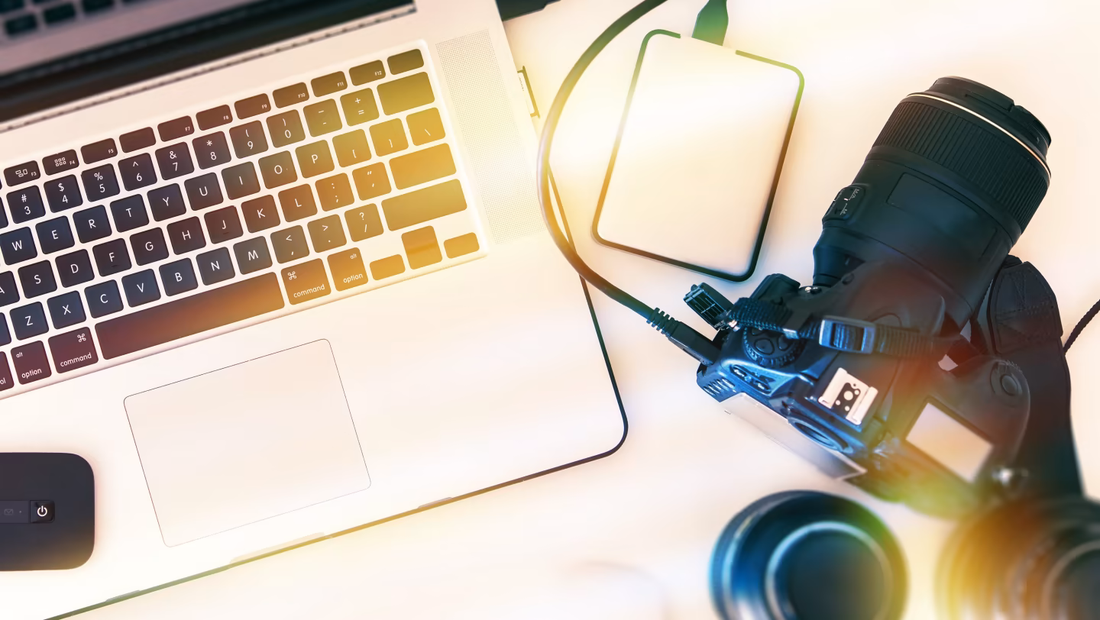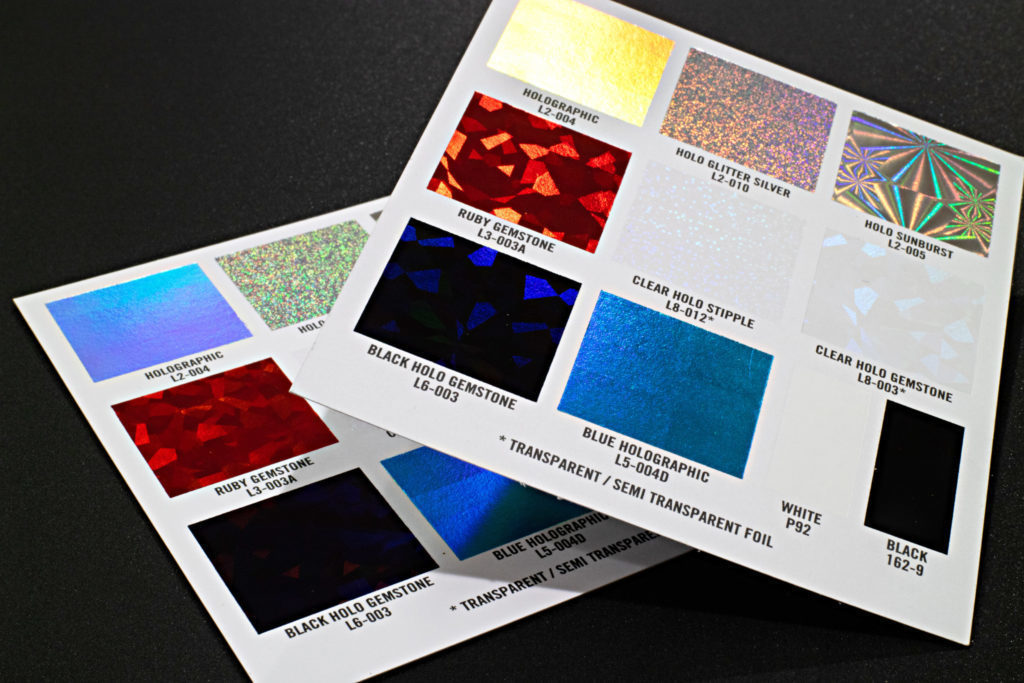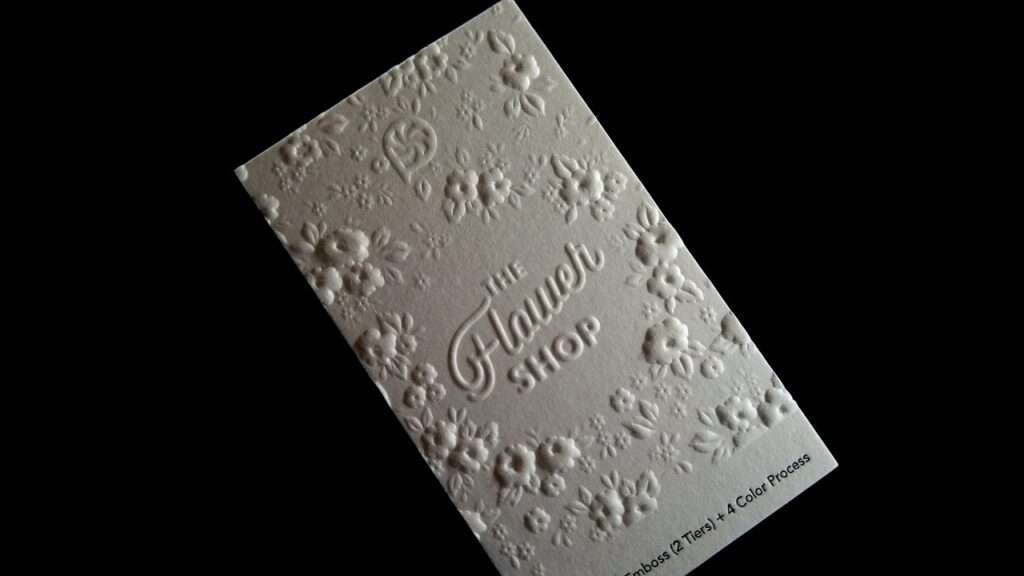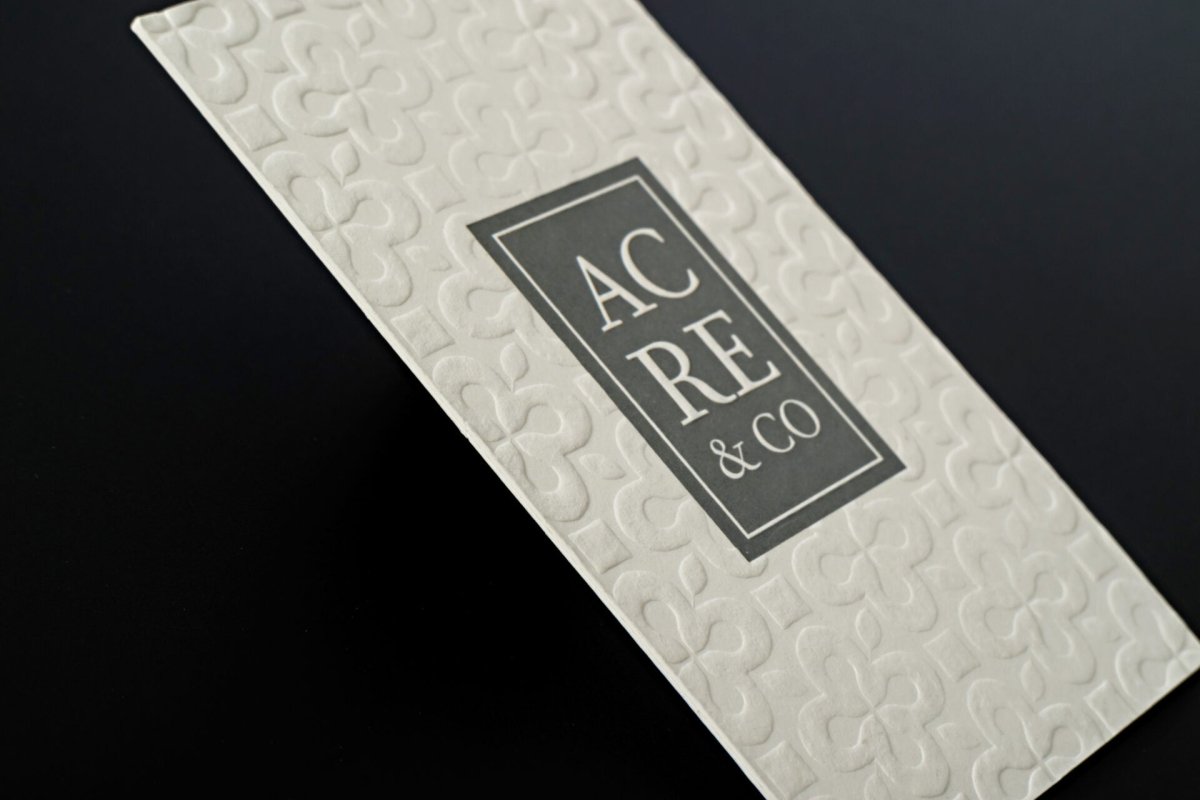
What Does PPI Mean When Talking About Photography?
Blog AdminShare
PPI, or "Pixel per Inch," is a measurement that indicates how many individual pixels there are in one square inch of a photograph's image. PPI measurements are able to determine the high-quality resolution of an image or a source. This resolution can be estimated.
The number of pixels per inch (PPI) of the image is the sole thing that can be used to calculate it. When it comes to photography, photographs with a better resolution typically have a PPI value that is greater than the picture that has a PPI value that is lower.
The picture's PPI may be calculated with a PPI calculator; from this point on, whenever you go through a fashion magazine and see a photograph of a model, keep in mind that these images have the highest possible PPI value.
A picture with a lesser resolution will often have a lower density of pixels per inch, which is one of the factors taken into account by the PPI calculator to determine whether or not the image's resolution is of a higher quality.

In this post, we will explore how the pixel per inch (PPI) value is responsible for determining the visual quality and resolution.
The picture quality also depends on the PPI.
The PPI and picture quality:
Consider that you are creating a picture with a pixel density of 600 pixels per inch (ppi), and that you would prefer to get a more detailed snapshot of the greatest possible quality.
This means that you are claiming that there are 600 pixels packed into a space of only one inch. You would prefer to receive a picture with more detail, as there are a lot of pixels in this one.
Have you ever given any thought to the fact that the photographs of fashion icons appeal to you so much, given that these images have the highest possible PPI value, and that this is the primary reason that you are drawn to the photograph, given that the PPI calculator will provide you with information regarding the picture's quality?
A picture with a lesser resolution will often have a lower pixel density, therefore using a PPI calculator will help you determine whether or not the image's resolution is of a higher quality.
Download a picture of high resolution, and now lower the PPI value of the picture, you would rather get a blurred picture due to a lesser PPI value.
The rule of thumb for scanning and photographing a picture is to opt for the highest resolution, it is better to get some information about the snap, than nothing.
For having a good quality picture try to remove the unwanted detail of the snap and add the highest quality of the snap when you are printing a picture.
How do you select a printing option?

To get the finest possible printing results from some professional printers, particularly those designed for graphics, you might need an image with a resolution of 600 ppi.
To determine the pixel density of an image, you can use a pixel density calculator. This is a common occurrence.
Prior to submitting the image, it is recommended to determine the printer resolution used by the publication.
When you send in an image, you should always double check the printer resolution used by the publisher. Your book would more likely have a blurry appearance if you used photographs with a low PPI.
You could try converting inches to pixels in order to precisely meet the pixel requirement that has been set.
Don't use Nonprofessional printers:
The optimal print resolution for consumer printers such as inkjet and laser printers is between 200 and 300 PPI, whereas the optimal print resolution for photographic printers is close to 300 PPI.
After determining the pixel count of an image with the help of a PPI calculator (pixels per inch), you can send it out to be printed.
The photographs will appear their best when they have a PPI value of approximately 200 PPI; however, the photographic printer needs a PPI value of approximately 300 PPI for them to look their best.
When printing photographs in a larger format, you require a greater degree of resolution, which ranges from approximately 150 PPI to approximately 300 PPI values depending on how closely the image will be viewed.
When you send in an image, you should always double check the printer resolution used by the publisher. Your book would more likely have a blurry appearance if you used photographs with a low PPI.
You could try converting inches to pixels in order to precisely meet the pixel requirement that has been set.

Conclusion:
When submitting an image for printing or publishing on the web, you should utilize the PPI calculator, since certain photographs require the highest quality of resolution.
This is especially true for fashion magazines, as their requirement is that pictures be of the finest quality possible.
Calculating an image's precise PPI value can be done with the use of a tool called a pixels per inch (PPI) calculator.
It is necessary to submit a picture after satisfying the requirements of the PPI. If you do not, the result of the snap will not be what you want it to be.


